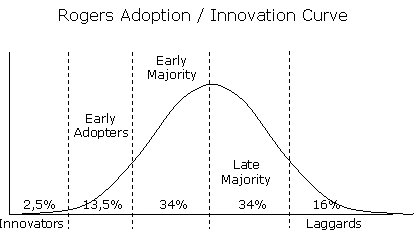Streetscape benefits
(An email to the mainstreetlist)
This is a tricky thing. I don't think DC fully understands how this process works. It's something that I figured out with Rachel MacCleery, a friend-colleague, who was Ward 6 Transportation Planner for DC when the Barracks Row streetscape revitalization went through.
I aver that you have to evaluate the residential and commercial district parts of the neighborhood separately and simultaneously. It happened that the residential area around 8th St. SE is very successful (for the most part), while the commercial district was emerging at best, but with a couple of fun restaurants and some proto retail.
By spending $8.5MM on public mprovements, enlightened business and property owners were primed and responded by further investing in their businesses and property, opened restaurant patios, etc.
BUT, in situations where the residential part of the neighborhood isn't as healthy (DC uses a four point typology to rate neighborhoods, from distressed to healthy; Philly uses a 6 stage model, which is probably more accurate, because the middle two stages have an early and late dimension), this kind of investment won't have the same level of accelerated impact as it does in an area where the residential real estate market is strong.
Getting back to this, one of the business owners on H Street NE believes that there is enough going on that the $30MM street improvement there isn't necessary, that the problems during the construction phase will dampen business, just as the district is reviving.
I think that he misses a big point.
These kinds of investments are necessary to move and increase the customer base beyond the current level.
Emerging districts are patronized by hip, urban types. Not by the rest of the populace. How many hip, urban type people are there anyway?
I think we can extrapolate from Rogers' work on the diffusion of innovation. He posits five segments of the population (although this was a study of farmers, application of the model has been extended to all forms of the adoption of new technology and new "things"):
(1) innovators,
(2) early adopters,
(3) early majority,
(4) late majority, and
(5) laggards.

If you believe in these percentages, I think it's fair to say that about 16% of the population is willing to patronize emerging commercial districts. Maybe another 10-15% when the district has an anchor like a theater, although they are less likely to patronize other establishments.
To build patronage beyond this level, streetscape programs are one of the inputs...
But at the same time, if the building stock looks like crap, there are many vacant buildings, etc., the streetscape improvement isn't enough.
You have to plan for improvement of buildings and businesses simultaneously with the streetscape improvement or the impact is lessened, and people end up criticizing the [whatever -- streetscape, stadium, convention center, etc.] project for having little impact at least in the short and intermediate runs.
This is what I am learning by the DC example anyway. The area around the Convention Center is a perfect example. A $440MM convention center wasn't enough, in and of itself, to improve the commercial district outside of the center.

1100 block of 9th Street NW, west side.
Labels: commercial district revitalization, urban design/placemaking



0 Comments:
Post a Comment
<< Home